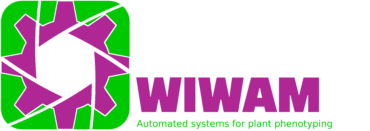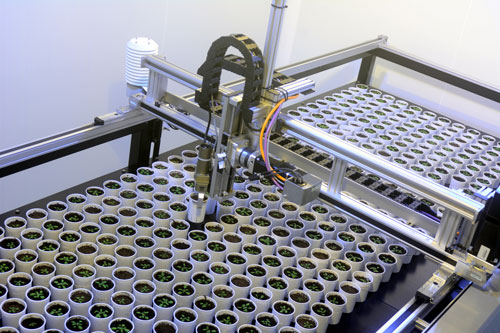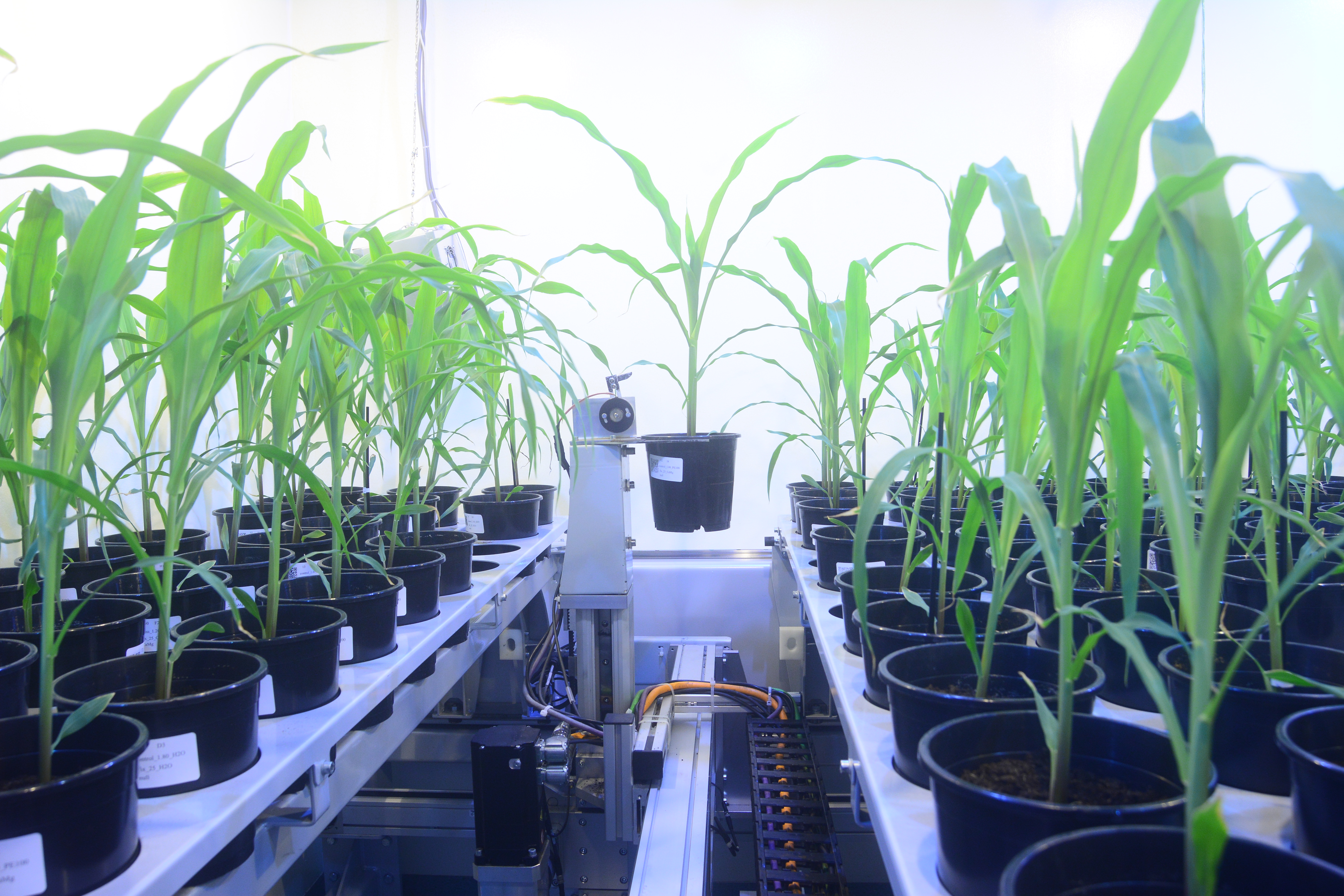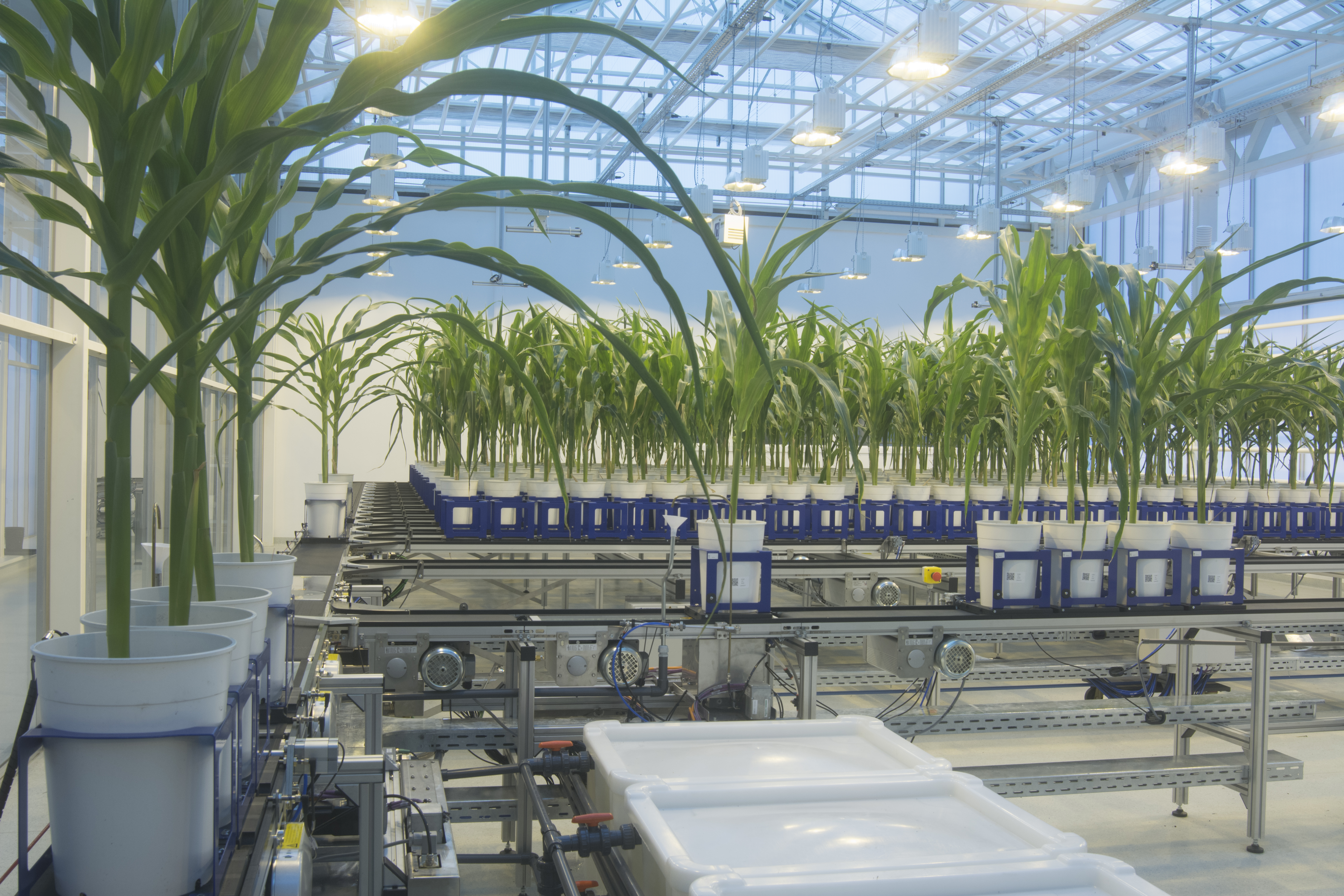WIWAM – Automated systems for plant phenotyping
Weighing, Imaging & Watering Machines for Scientific research
WIWAM is the collective name for a series of plant phenotyping robots, which are designed and developed by SMO and VIB. The systems allow for the automated imaging and the precise irrigation of plants, according to a preset scheme, specific for each plant or group of plants. The combination of automated plant handling with non-invasive imaging methods yields a variety of plant growth parameters at regular time intervals during development and ensures the high-throughput and reproducible phenotyping of plants.
Currently, there are three standard types of WIWAM phenotyping platforms:







